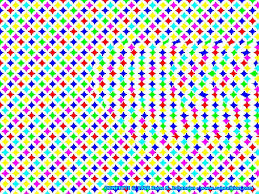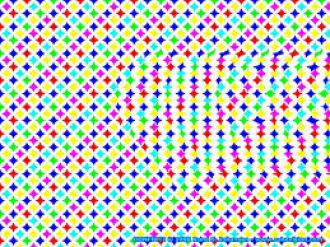
Drunk driver?
A cop waited outside a popular pub hoping to nab a drink-driver.
At closing time, as everyone came out, he spotted his potential quarry.
The man was so obviously inebriated that he could barely walk.
He stumbled around the parking lot for a few minutes looking for his car.
After trying his keys on five others, he finally found his own vehicle.
He sat in the car a good 10 minutes as the other pub patrons left.
He turned his lights on, then off.
He started to pull forward into the grass, then stopped.
Finally, when his was the last car, he pulled out onto the road and started to drive away.
The cop, waiting for this, turned on his lights and pulled the man over.
He administered the breathalyzer test and, to his great surprise, the man easily passed.
The cop was dumbfounded.
'This equipment must be broken,' exclaimed the policeman.
'I doubt it,' said the man. 'Tonight I'm the designated decoy.'

